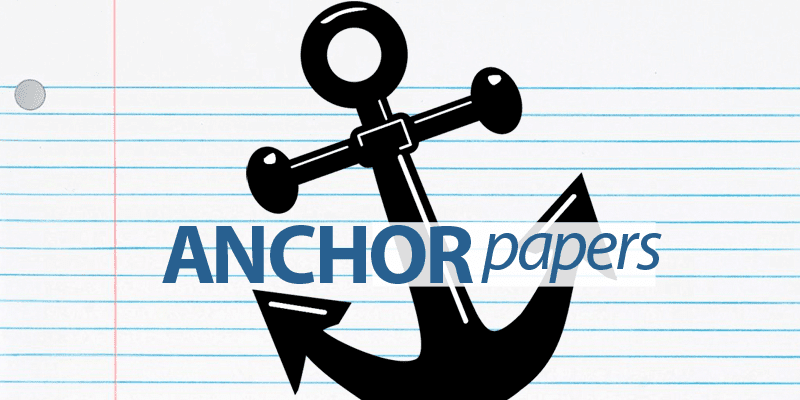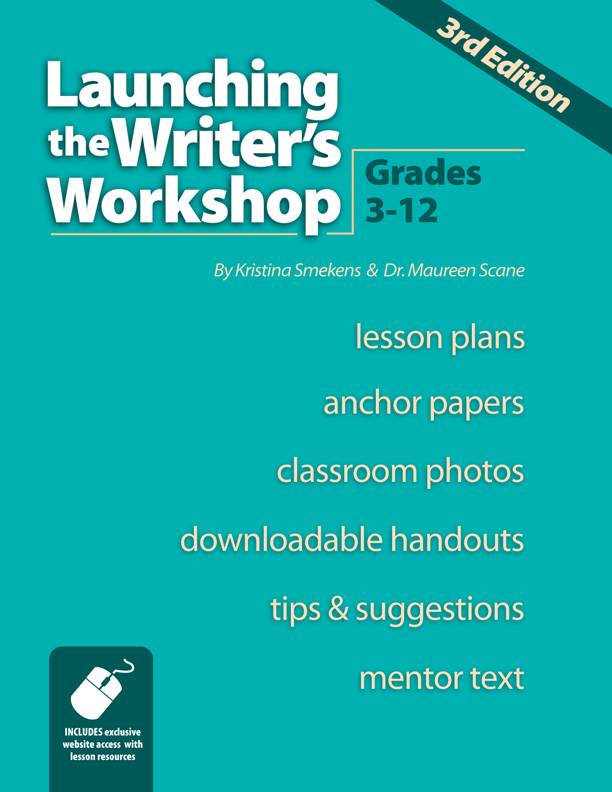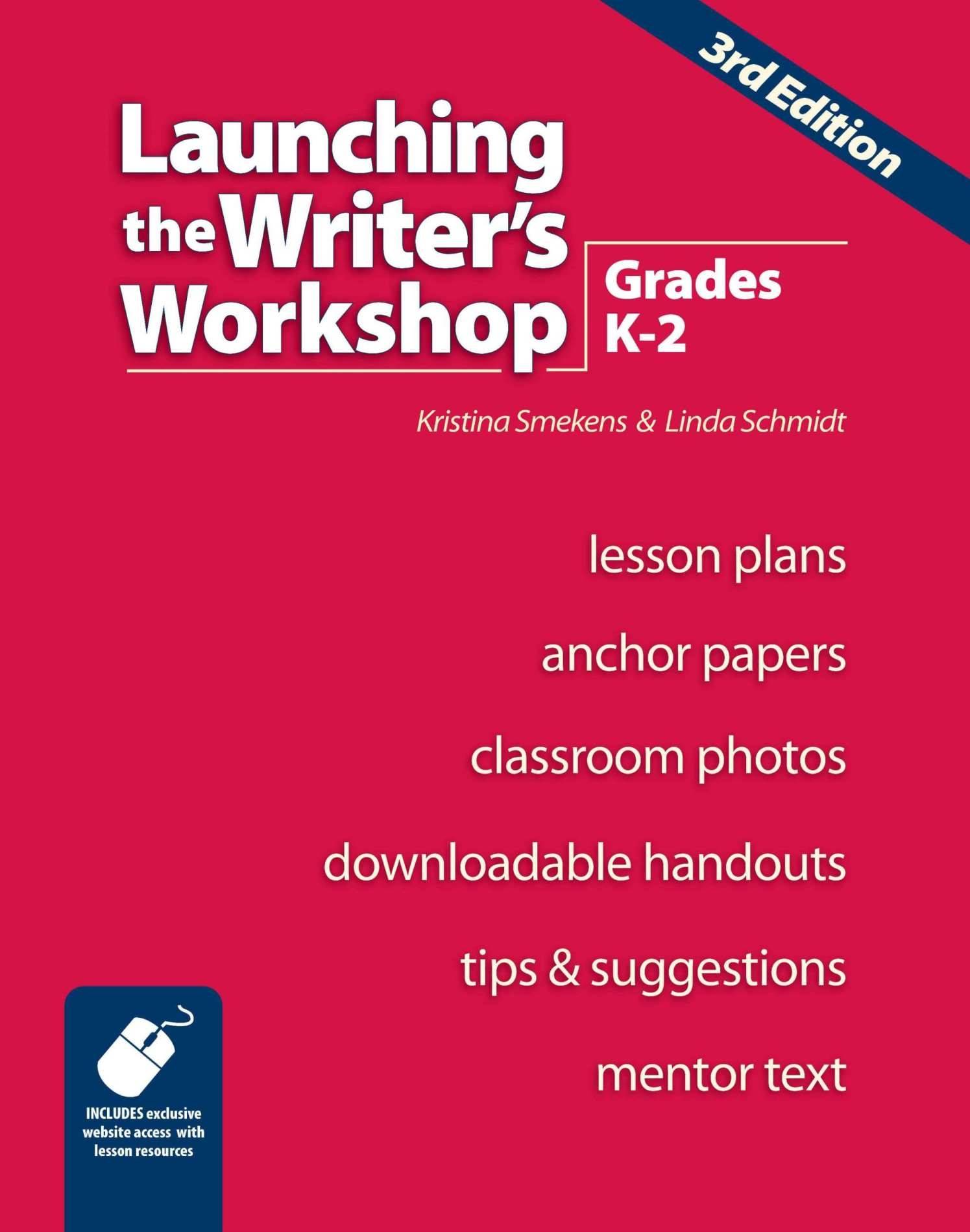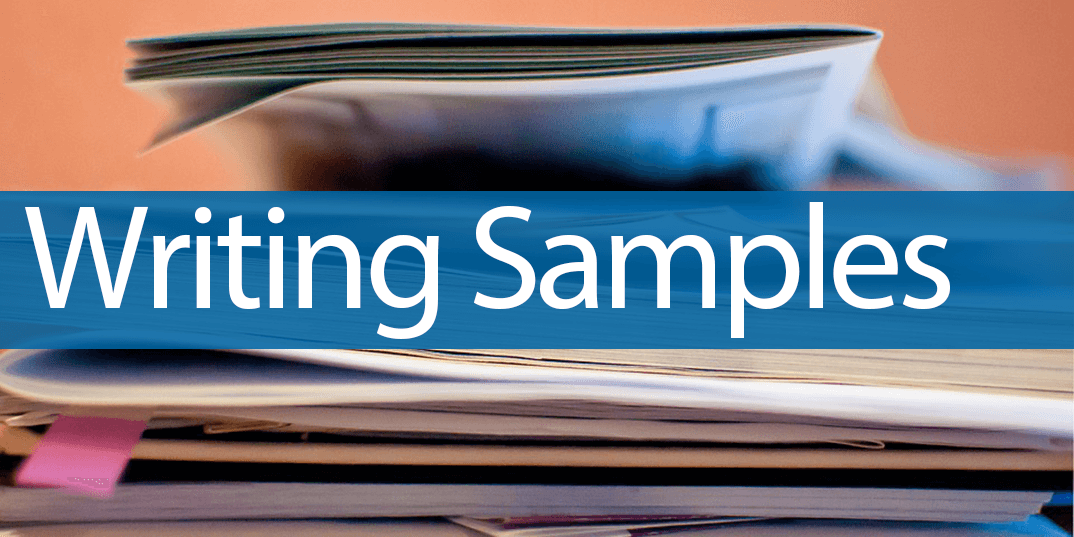Learning Center
writing
Identify expectations through anchor papers

If you have ever inquired about what to wear to an upcoming social event and based your outfit on that information, then you are already familiar with the principle of anchor papers. We use someone else’s examples to determine what is an appropriate level of formality or quality. Their examples anchor our understanding and expectations.
This concept is powerful for classroom writing, too. Students need to know your expectations for writing tasks, and they need to know when they’ve met them. We provide this information through anchor papers—also known as benchmarks or exemplars.
Before teaching students how to execute a writing skill, first show them multiple examples within Step 2A of your mini-lessons. They need to notice the skill in action first. Use one anchor paper that exemplifies the skill multiple times, or use numerous excerpts from several anchor papers.
Here are four additional instances when revealing anchor papers may benefit student learning:
1. Introduce a new genre or writing format.
Immerse students in the samples and get them to notice the common components and characteristics. Knowing the expected length, quality, and components of the end product is key for a student trying to accomplish the task at hand. However, be careful that the anchor paper is NOT on the same topic or text that you want them to write about. If you do, students will simply copy it.
It would be better to show writing from a parallel topic or text that reveals the type of ingredients and characteristics that you’re looking for. For example, show a strong lab report on a lab from a previous experiment before students write a lab report for the most recent experiment. Reveal a well-written description of your kitchen before having students write a description of the classroom. Reveal a strong persuasive letter to a neighbor before assigning students to write persuasive letters to the principal.
2. Use an anchor paper as part of a writer’s conference.
When conferring with a student, point out where a particular writing skill could be integrated in his piece of writing. Then show it done strongly/correctly in an anchor paper. Discuss the impact of his writing with and without this skill included.
3. Communicate the stages of the writing process.
Students need to see how much work goes into revision. This isn’t about changing a couple of words and fixing some spelling errors. They need to see the dramatic difference that revision can make. Reveal the same anchor paper “before” and “after” revision.
4. Depict the levels on a writing rubric.
Attach an anchor paper to each level of the rubric. For visual learners, this helps them recognize how close to “done” they are. It gives students an idea of what to do next within their own drafts.
Find the right anchor papers
Mentor text can be passages from textbooks or excerpts from literature. However, some students are turned off by the perfection of published mentor text; it seems too unattainable in their minds. It’s nice to balance published samples with actual student writings you’ve collected and saved. Students are sometimes motivated by writings done by someone of a similar age—or younger. They especially like seeing that writing in the student’s original handwriting. It seems much more real.
3 sources for finding anchor papers
Some of the strongest anchor papers will likely come from your own students. Start saving and collecting writing from your own students to use in future years. (Remove student names and any other information to protect privacy.) Scan and save these into a digital folder to access quickly throughout the year.
A second source for anchor papers is to look through Kristina Smekens’s favorite websites for free writing samples.
For those of you who have purchased the Launching the Writer’s Workshop books, you have exclusive access to digital resources featuring 100+ writing samples. This book comes in two versions also: K-2 and 3 and up.




